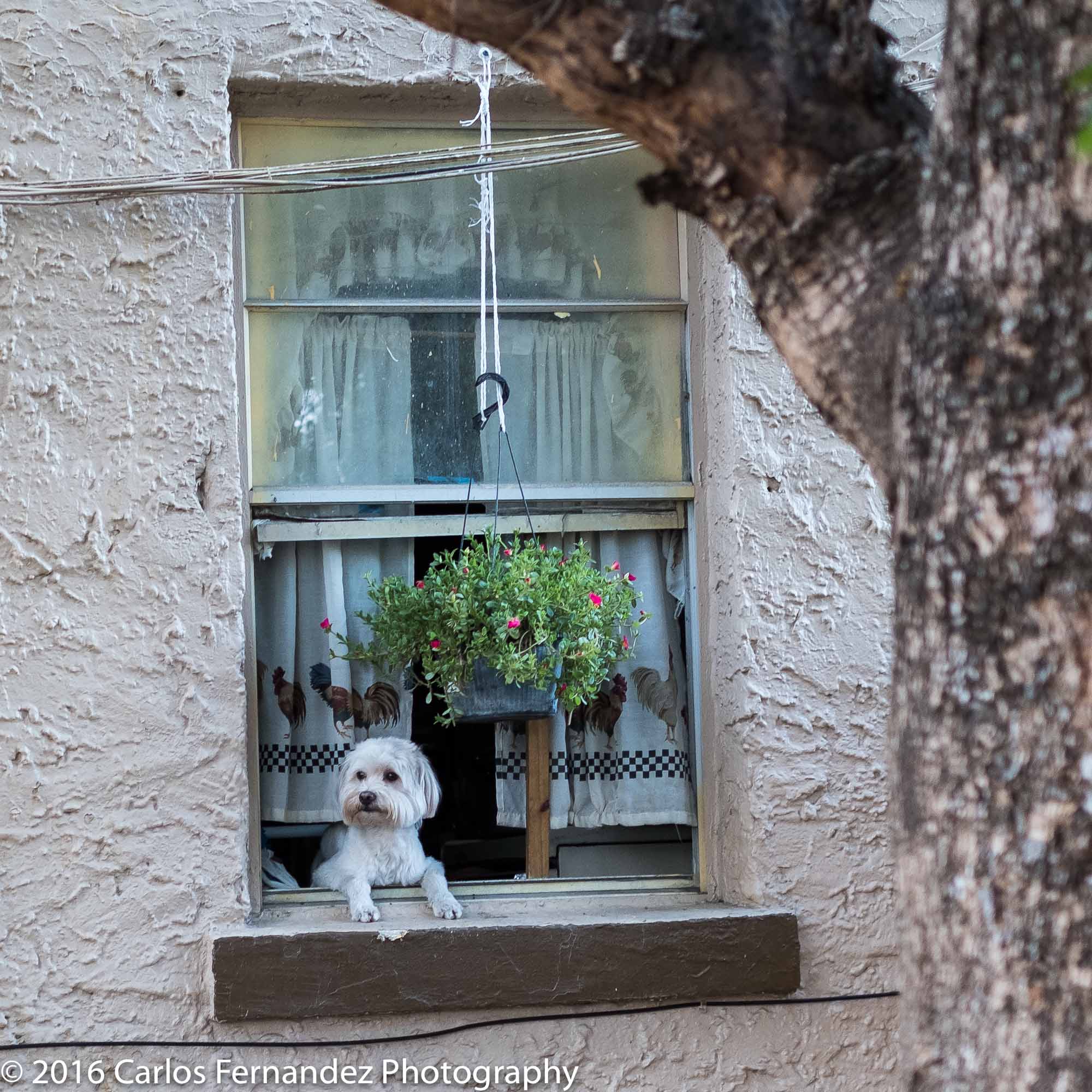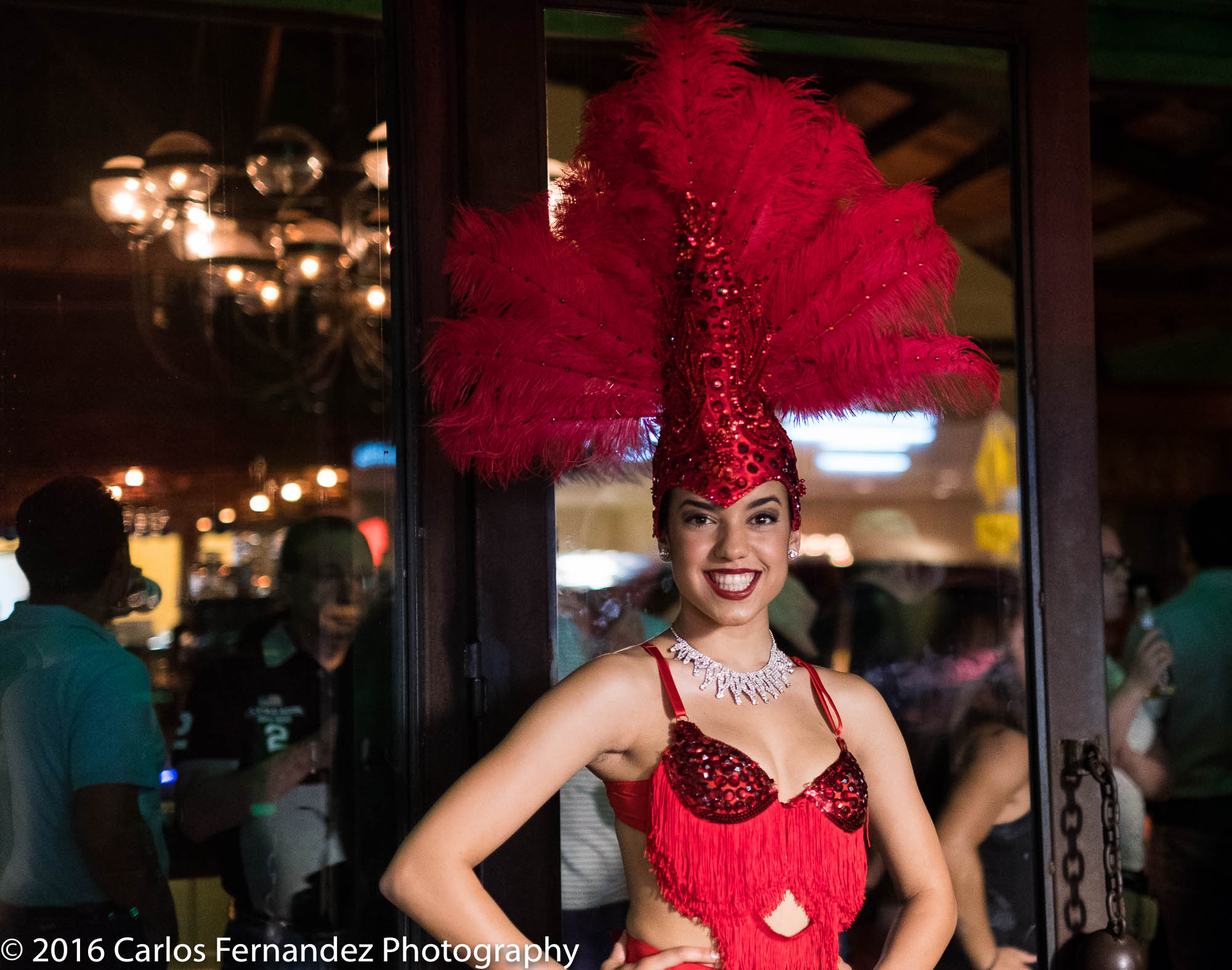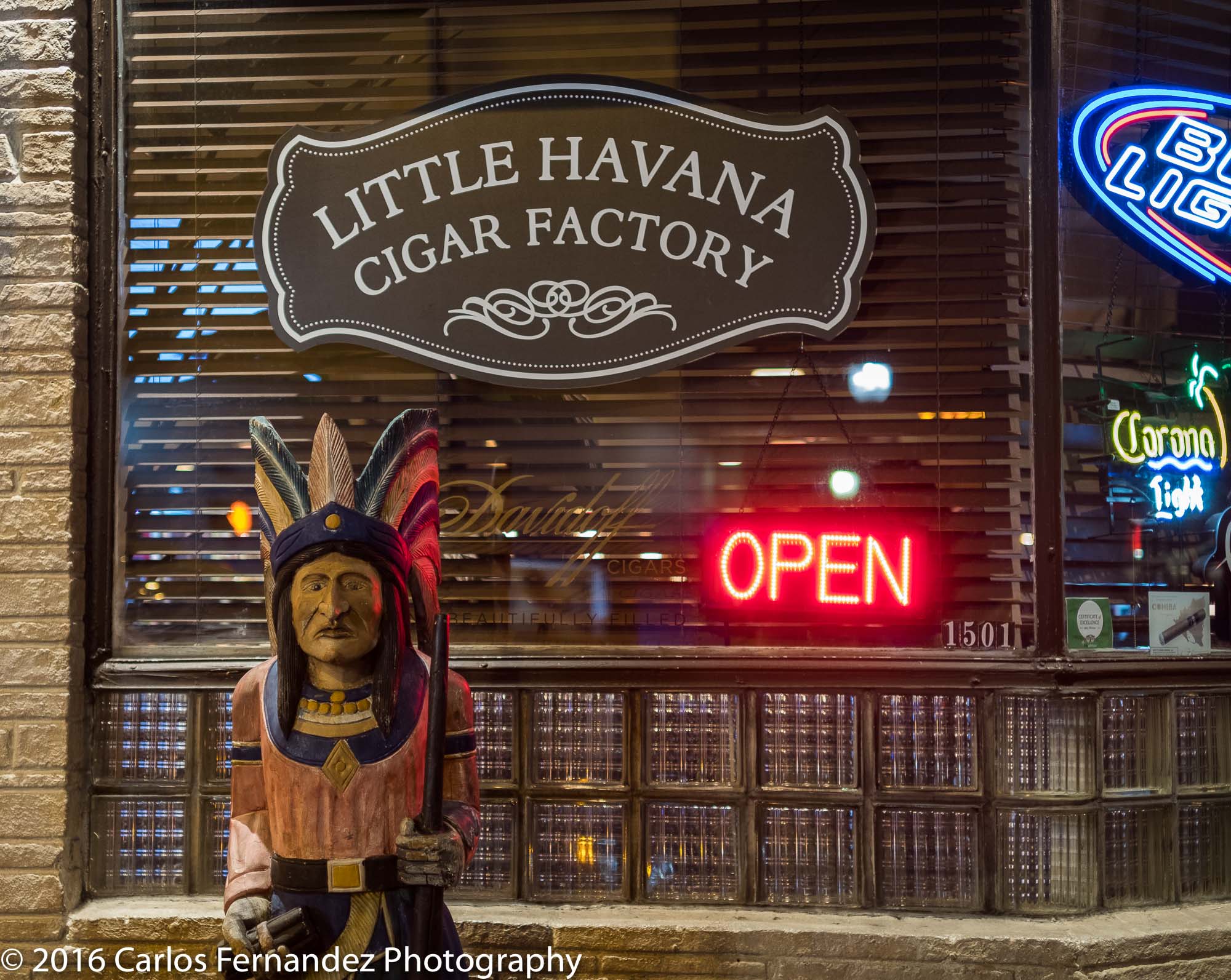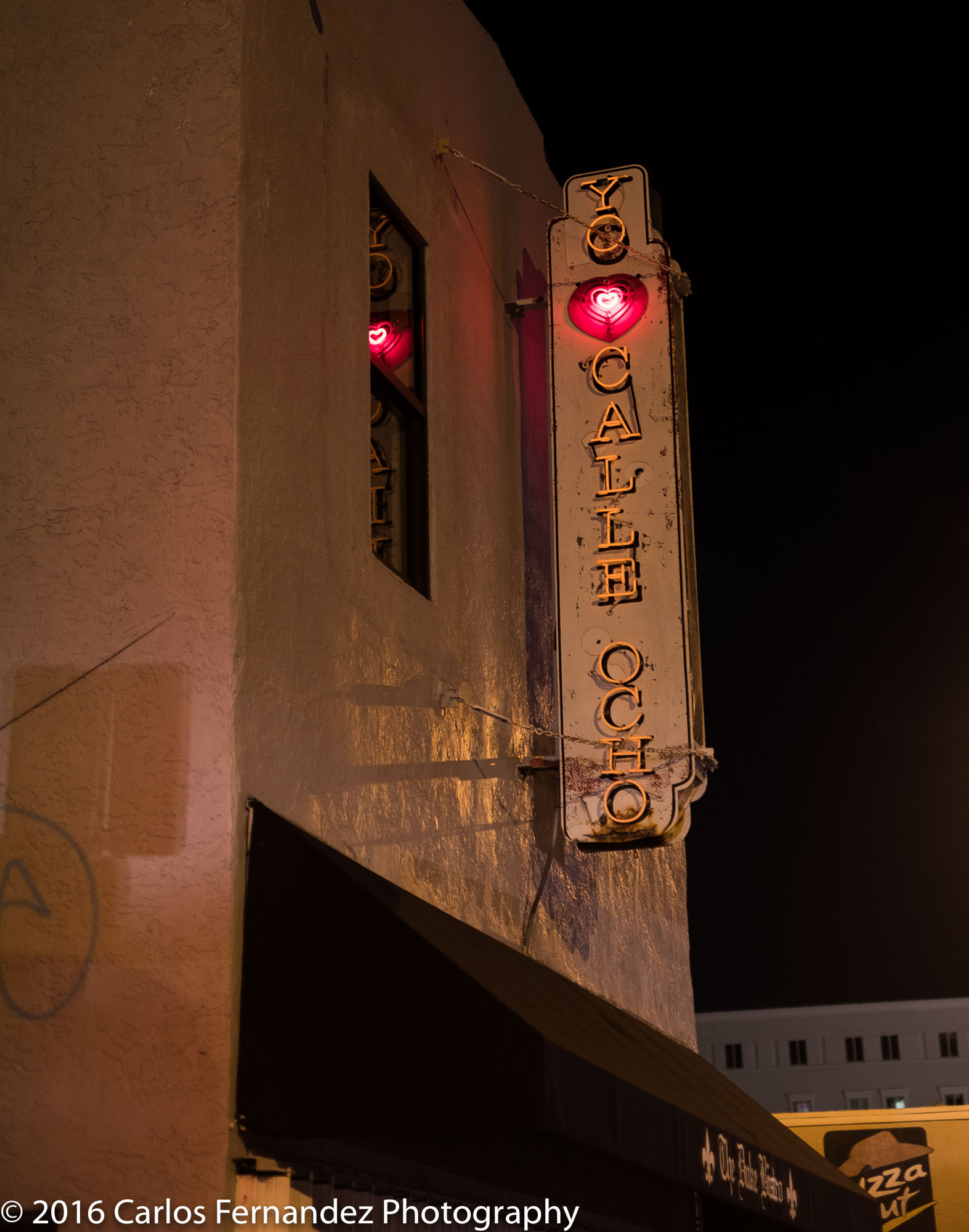You may beat the Rap, but you may not beat the ride. Just ask Carlos Miller, a Miami photographer who hosts: www.photographyisnotacrime.com
Here is an image of a MetroRail station in Miami. Had I not used an iPhone and some authority had been around, I'm sure I would have been harassed.
1. You can make a photograph of anything and anyone on any public property, except where a specific law prohibits it.
e.g. streets, sidewalks, town squares, parks, government buildings open to the public, and public libraries.
2. You may shoot on private property if it is open to the public, but you are obligated to stop if the owner requests it.
e.g. malls, retail stores, restaurants, banks, and office building lobbies.
3. Private property owners can prevent photography ON their property, but not photography OF their property from a public location.
4. Anyone can be photographed without consent when they are in a public place unless there is a reasonable expectation of privacy.
e.g. private homes, restrooms, dressing rooms, medical facilities, and phone booths.
5. Despite common misconceptions, the following subjects are almost always permissible:
* accidents, fire scenes, criminal activities
* children, celebrities, law enforcement officers
* bridges, infrastructure, transportation facilities
* residential, commercial, and industrial buildings
6. Security is rarely an acceptable reason for restricting photography. Photographing from a public place cannot infringe on trade secrets, nor is it terrorist activity.
7. Private parties cannot detain you against your will unless a serious crime was committed in their presence. Those that do so may be subject to criminal and civil charges.
8. It is a crime for someone to threaten injury, detention, confiscation, or arrest because you are making photographs.
9. You are not obligated to provide your identity or reason for photographing unless questioned by a law enforcement officer and state law requires it.
10. Private parties have no right to confiscate your equipment without a court order. Even law enforcement officers must obtain one unless making an arrest. No one can force you to delete photos you have made.
These are general guidelines regarding the right to make photos and should not be interpreted as legal advice. If you need legal help, please contact a lawyer.
----OTHER RESOURCES----
http://en.wikipedia.org/wiki/Public_place#Restrictions_on_state_action_in_public_spaces_in_the_United_Stateshttp://en.wikipedia.org/wiki/Photography_and_the_law
http://www.flickr.com/groups/nomorefreephotos/discuss/72157604655395007/
http://www.krages.com/bpkphoto.htm
http://www.usatoday.com/tech/columnist/andrewkantor/2006-08-11-photography-rights_x.htm






























